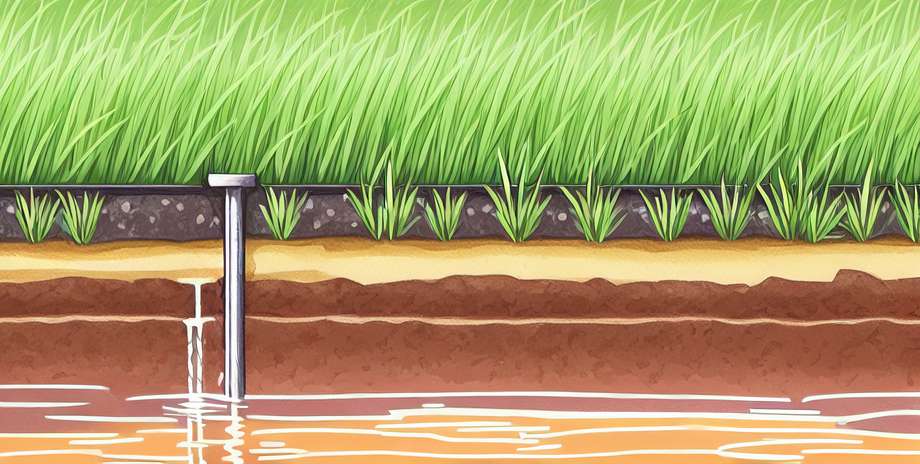5 tips to gain energy before a race
April 2024

Each year, typhoid fever affects 17 million people in the world, with approximately 600 thousand cases of death. With the arrival of hurricanes, monsoons and floods in many developing countries, typhoid makes its fatal appearance contaminating water and food and causing disease and desolation. According to a document from the United Nations (UN), it is an infection caused by one of the 107 variants of the bacterium known as salmonella. Although typhoid fever is a type of salmonellosis, its consequences are much more serious, with treatment and prognosis other than common gastroenteritis. In Mexico, this type of disease is the leading cause of death among children, especially in children under 5 years of age.
How is typhoid spread?
Typhoid fever is transmitted by contaminated food and water, through the patient's urine and fecal waste, as well as by carriers. Contaminated water is the most common source of typhoid. It has been proven that shellfish from waters contaminated by drainages, vegetables irrigated with sewage, raw food, milk or contaminated milk products are also a source of infection. It is controlled by treatment with specific antibiotics, but recently it has developed more resistant variants. Its symptoms appear suddenly and the most common are constant fever, severe headaches, nausea, total lack of appetite, constipation or, in some cases, diarrhea. Some severe forms have been related to mental disability and meningitis. The rate of fatal cases can be reduced from 10 to less than 1%, as long as there is appropriate antibiotic care.
The doctors of the Department of Health of the University of Virginia, United States, point out hygiene as the most important prevention measure: wash your hands carefully after going to the bathroom and before preparing and / or eating food. People who live in the same house or have direct contact with a person with typhoid need to be examined to determine if they have the disease and can not work in the preparation of food until the infection is ruled out. There is a vaccine that provides some protection for people traveling to regions where the disease is common and where, in addition, they need to be careful with the food or water they consume.